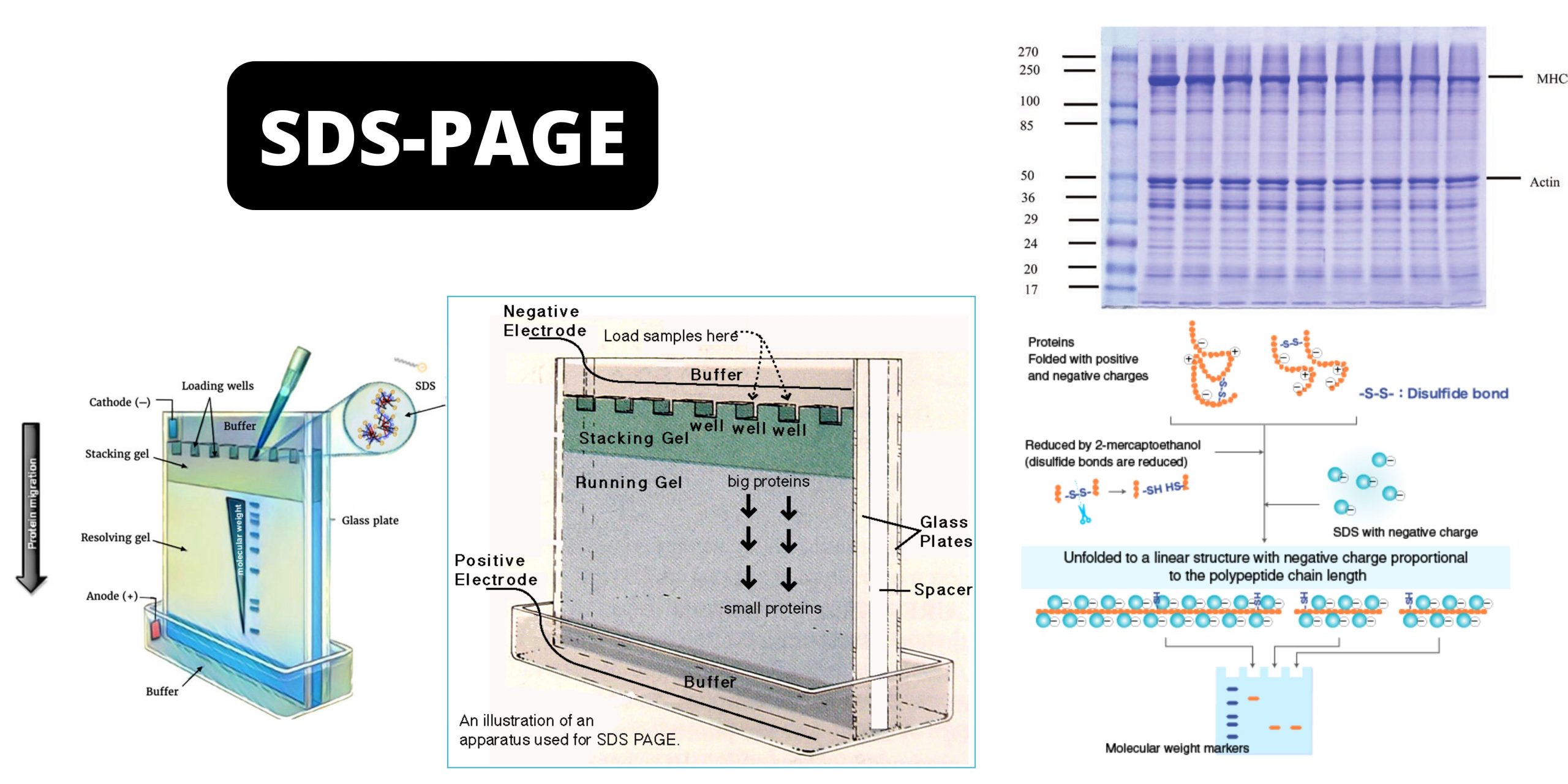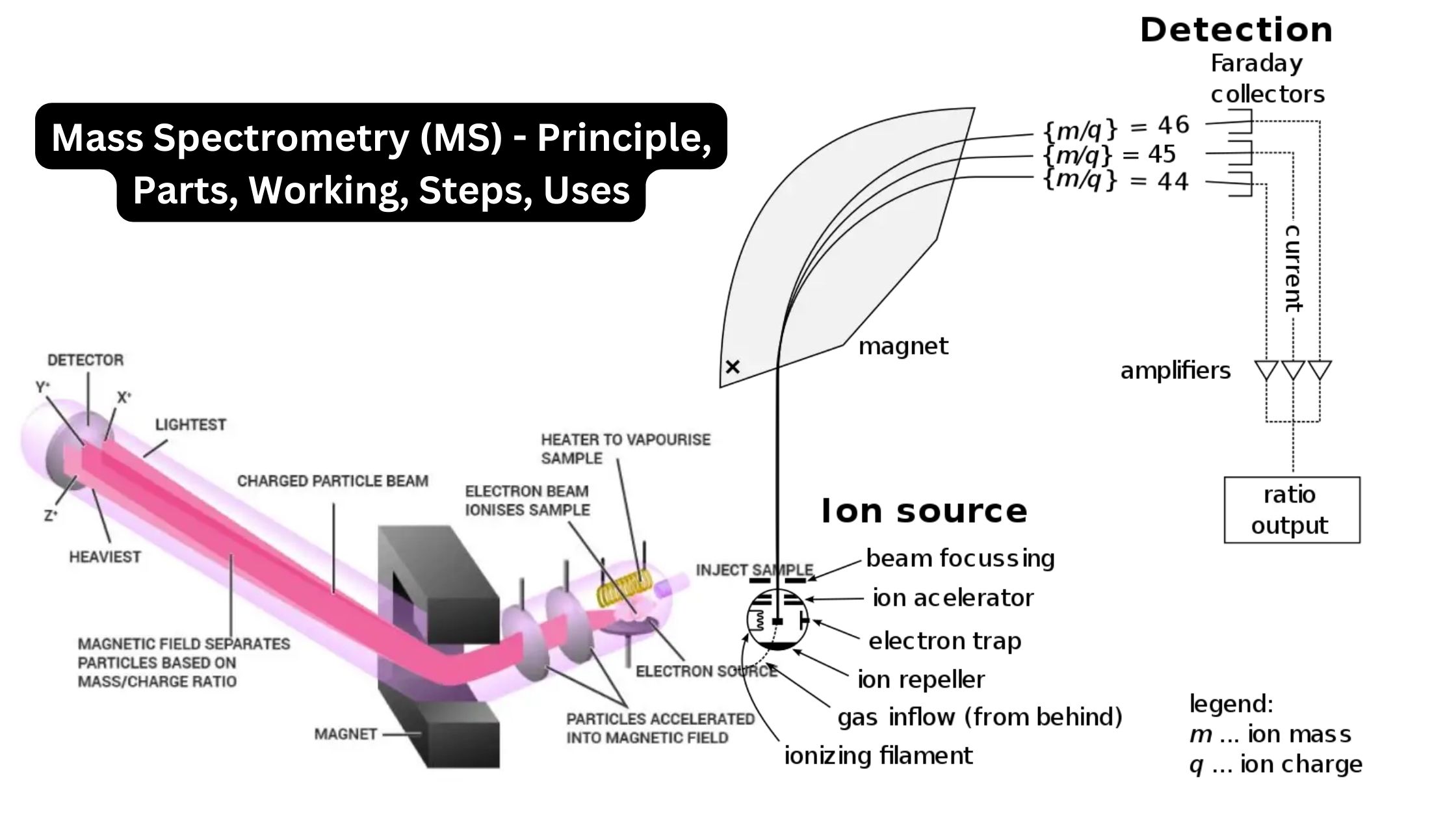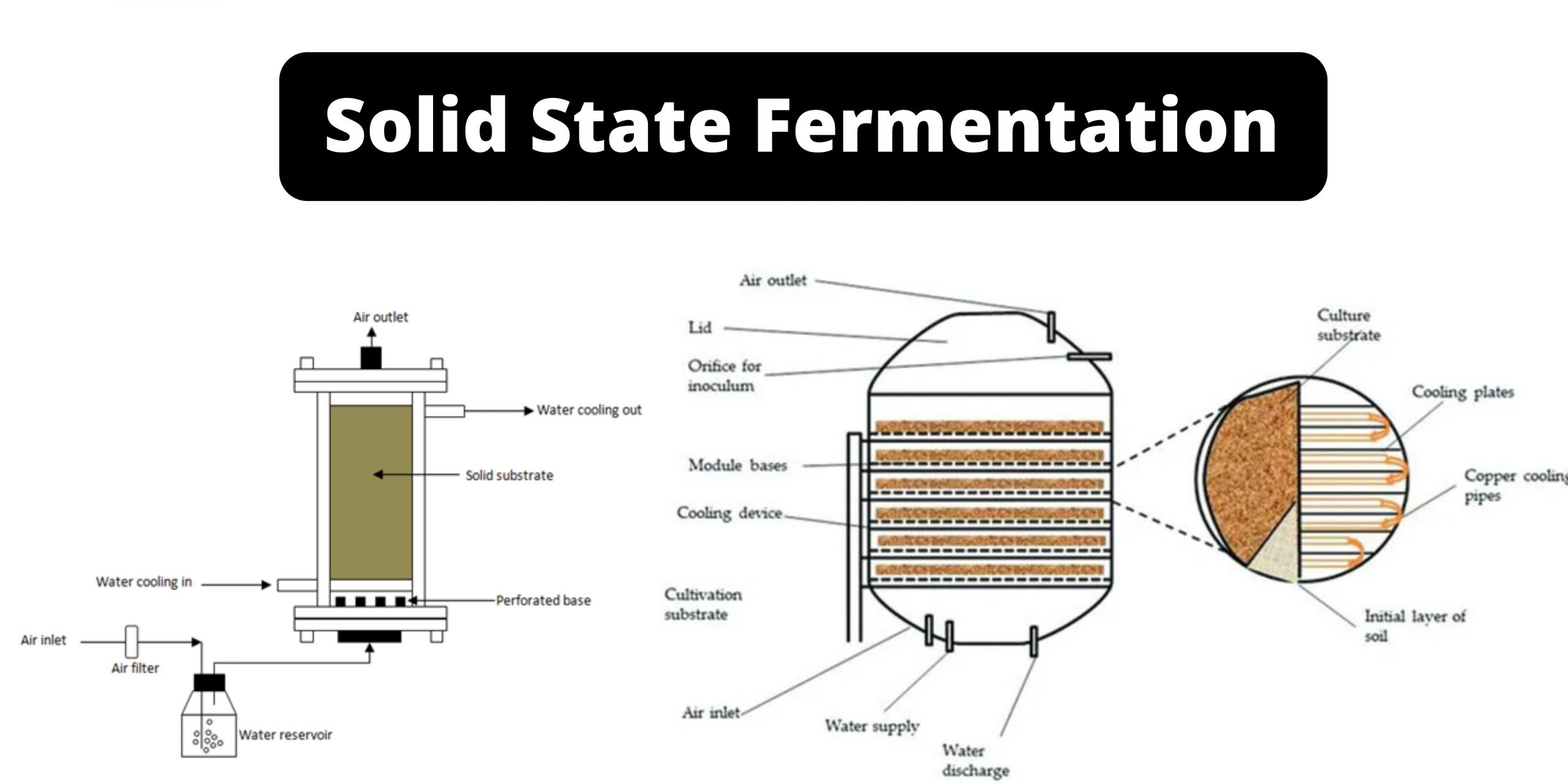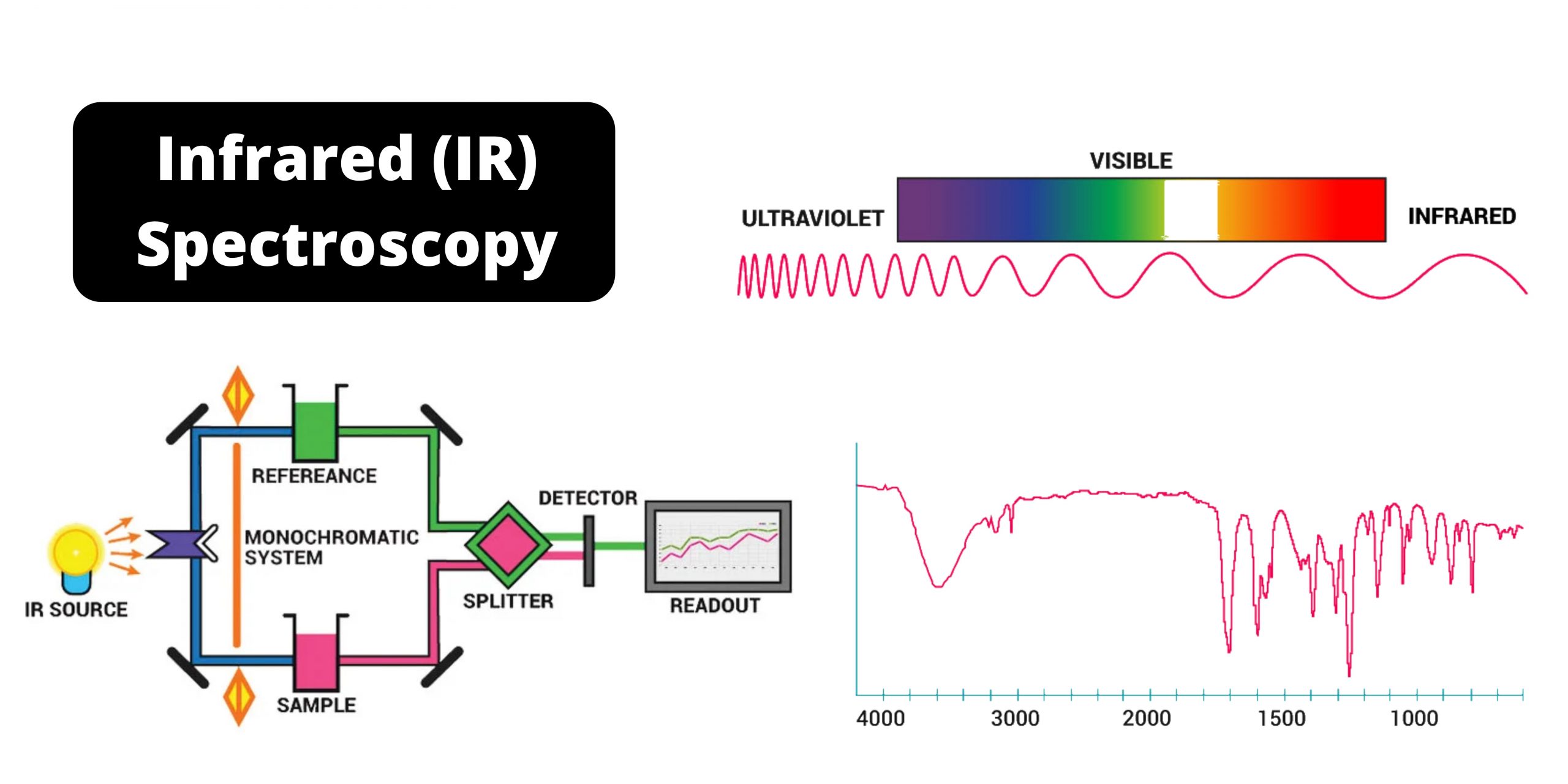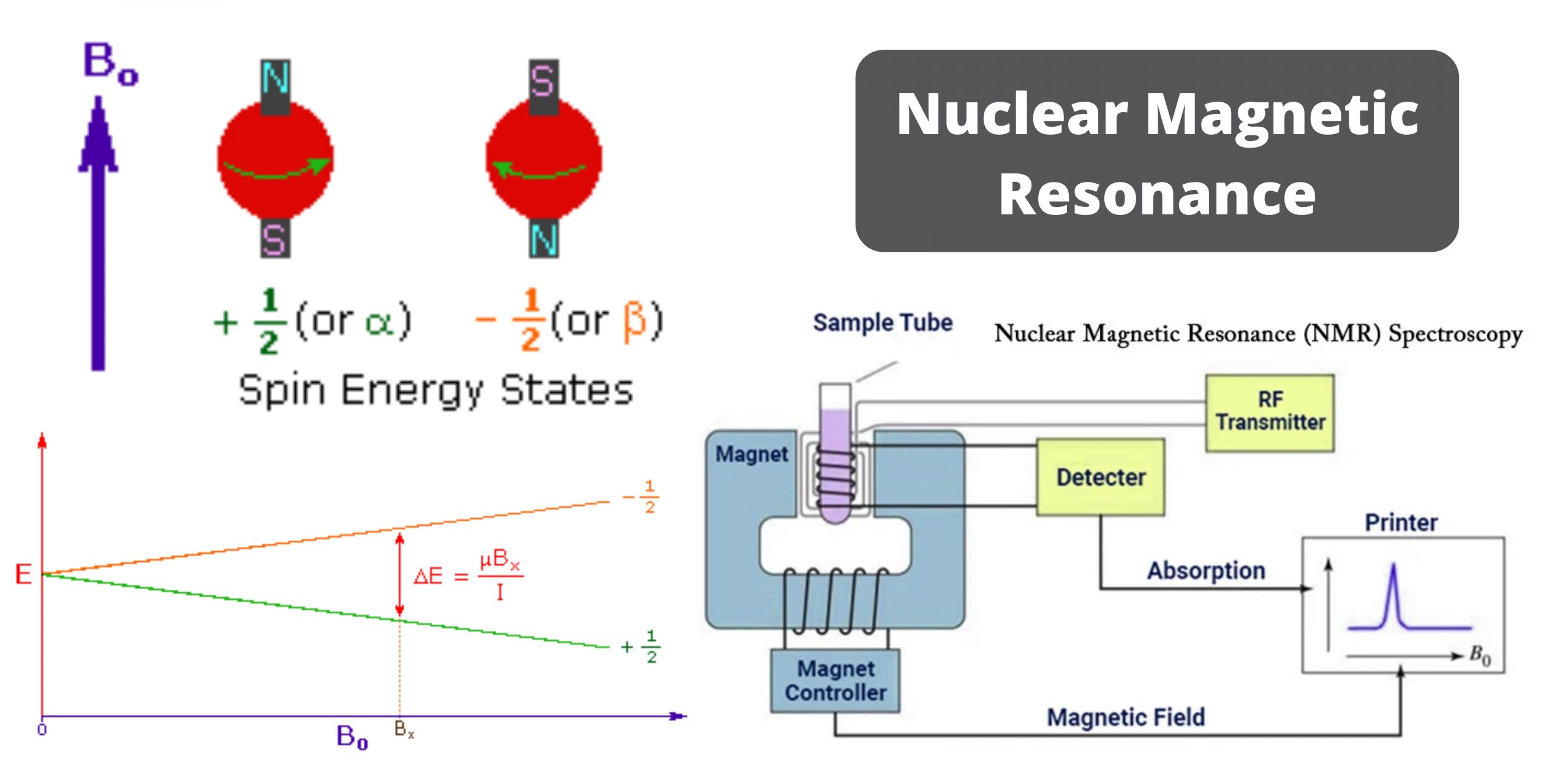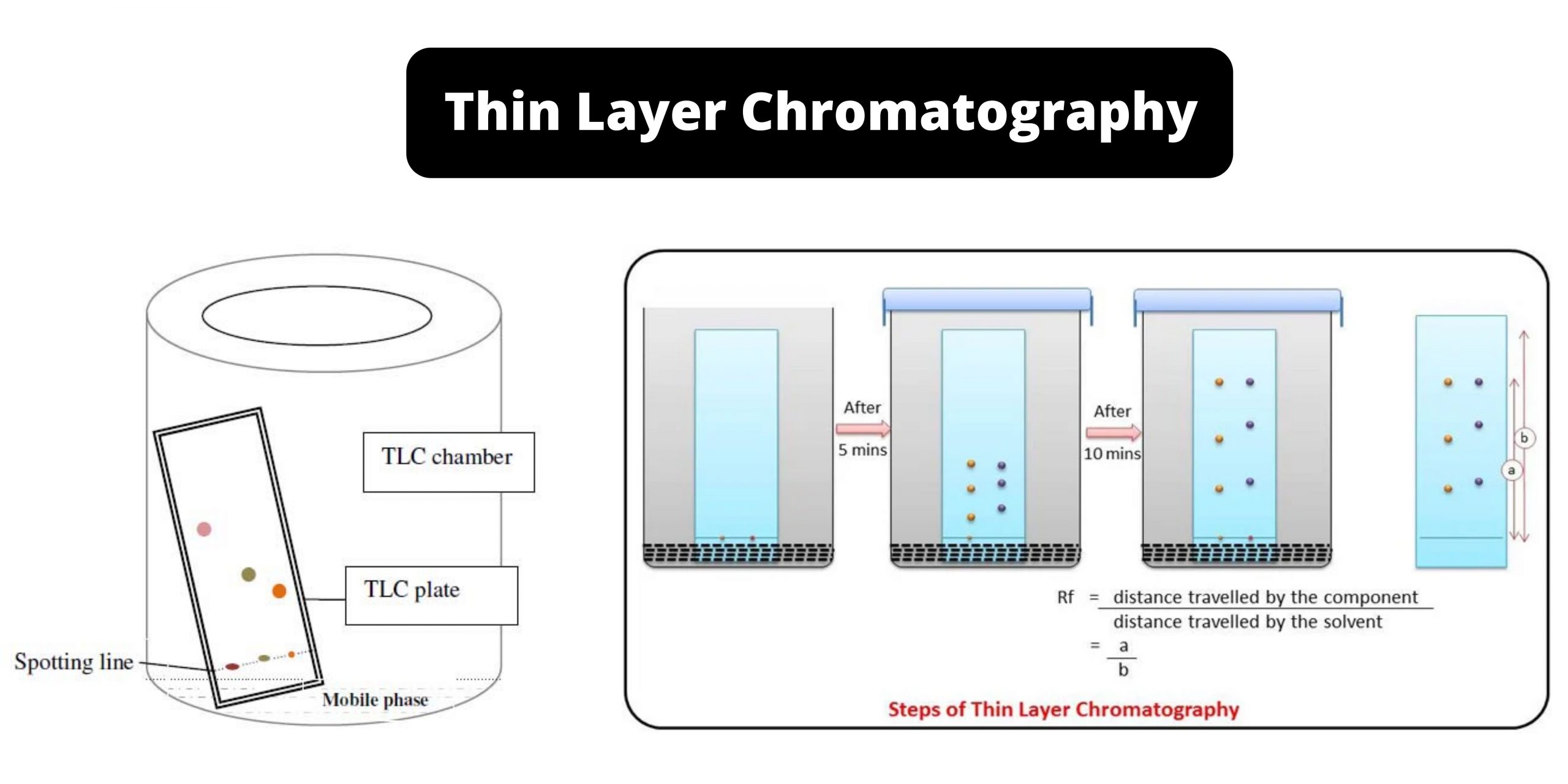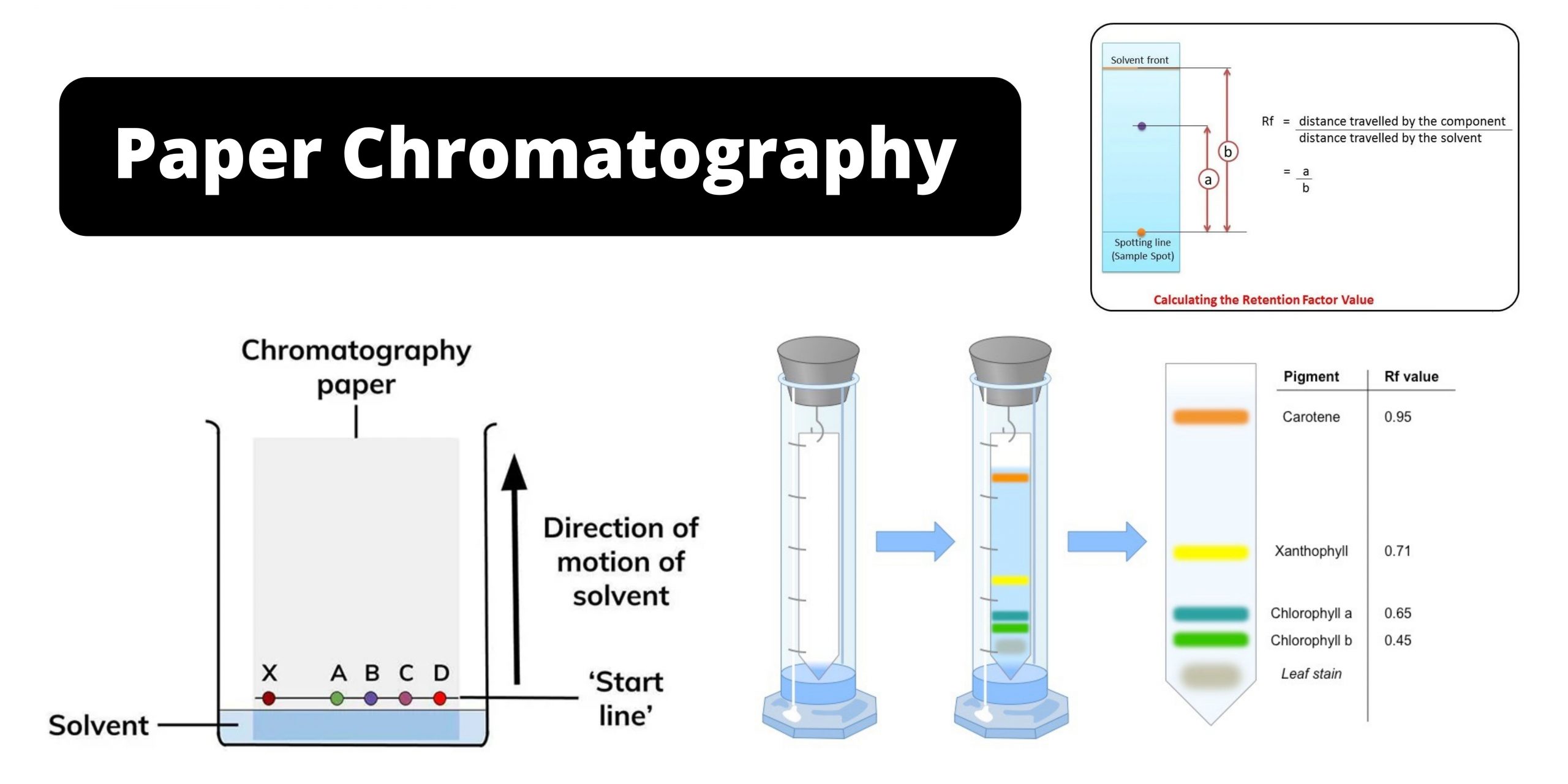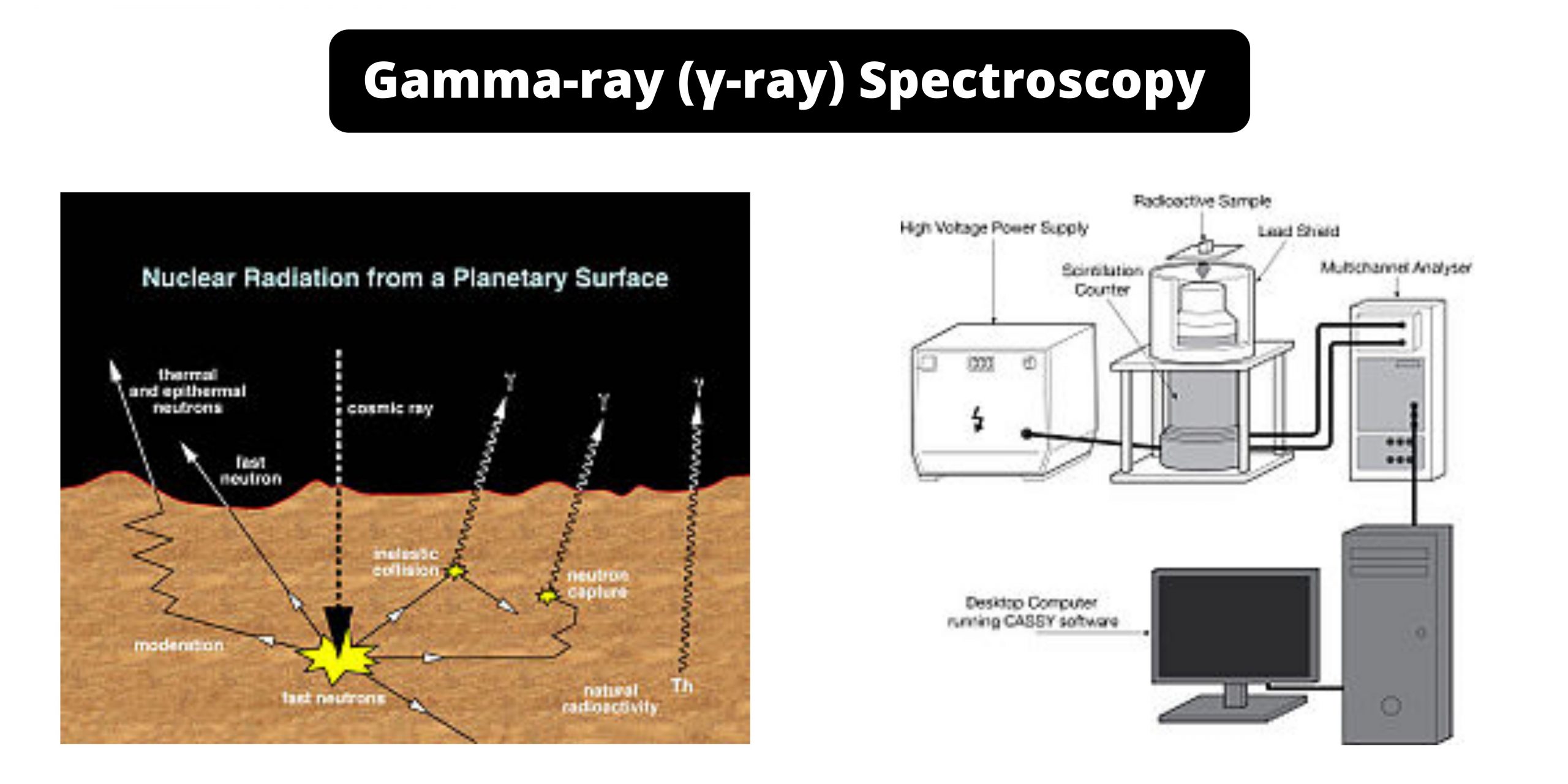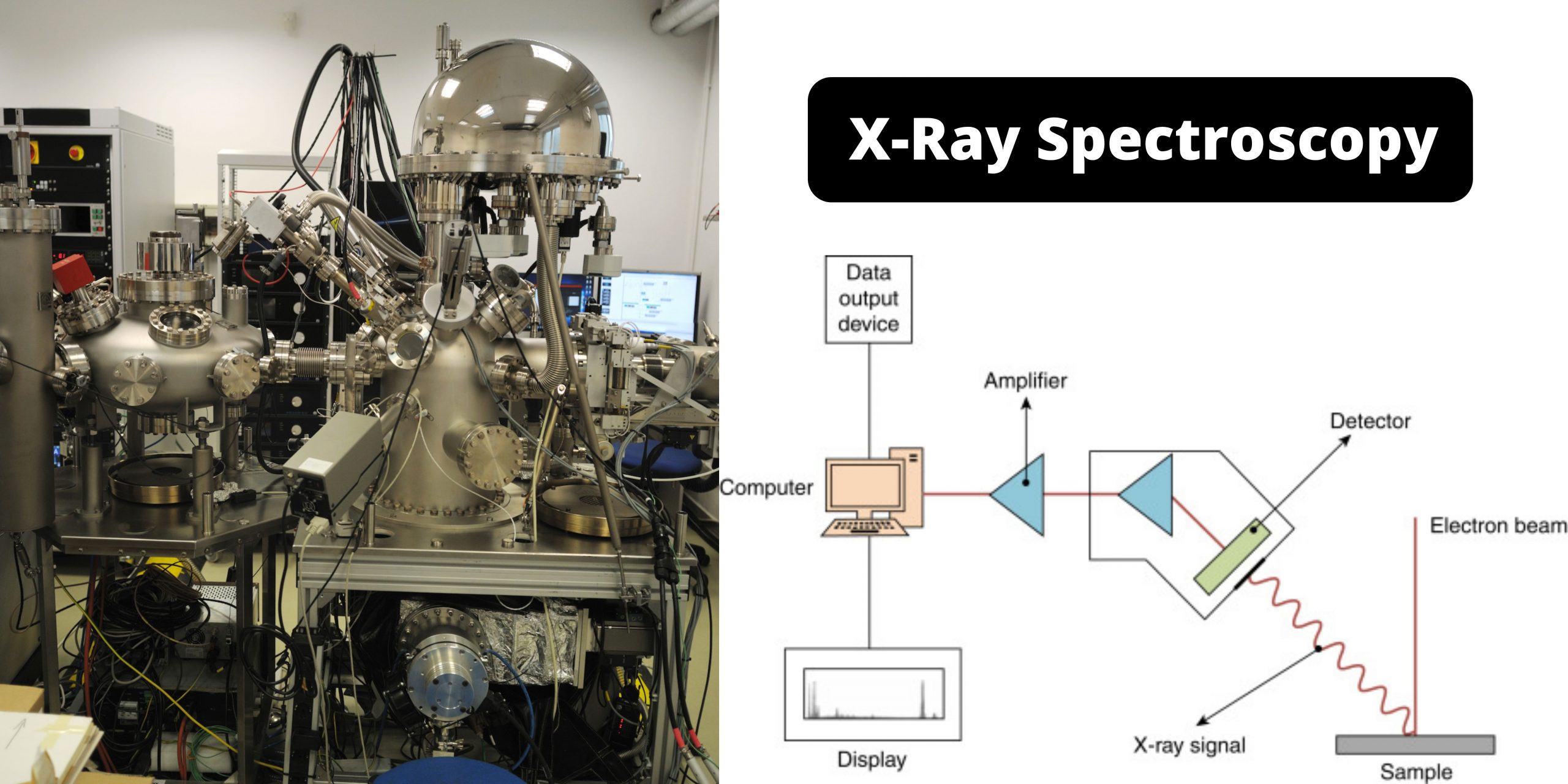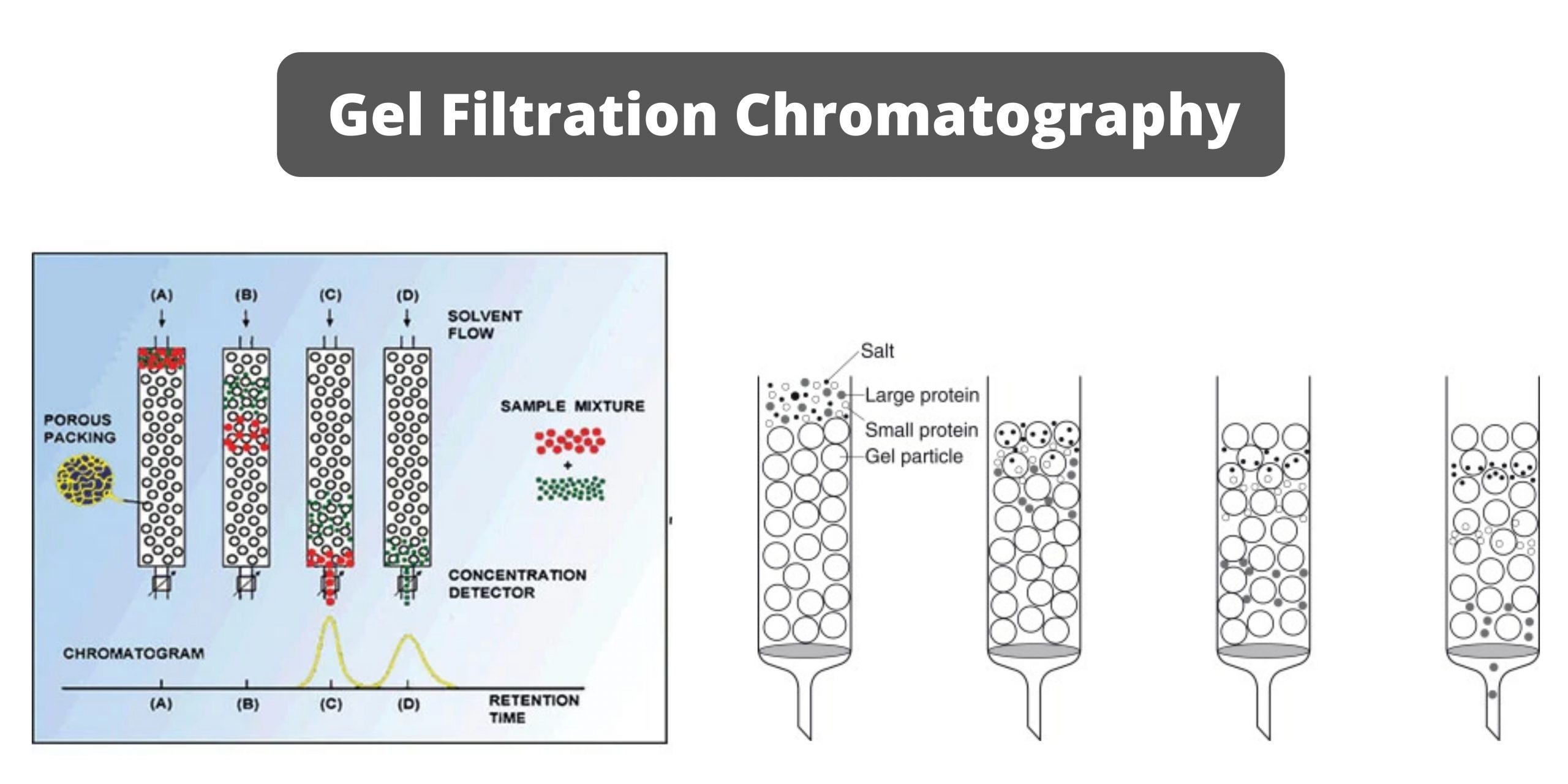SDS-PAGE – Sodium Dodecyl Sulfate Polyacrylamide Gel Electrophoresis (PAGE)
What is SDS-PAGE? Definition of SDS-PAGE SDS-PAGE is a technique used to separate proteins based on their molecular weight by using a gel matrix and the denaturing agent sodium dodecyl sulfate (SDS). Objective Principle of SDS-PAGE SDS–PAGE refers as Sodium Dodecyl Sulfate–PolyAcrylamide Gel Electrophoresis, and its main principle based on separation of proteins mainly by … Read more
